Contemporary art in Albania In the 21st century, ‘nowhere’ no longer exists and with the Internet nowhere has become somewhere close to us. Surely travel blogs are obsolete (unless loaded with practical information for the would be traveller) and the great travelogues of someone like Gertrude Bell are a thing of the past. I travelled to Albania in January 2017 with the express purpose to examine some of the painted medieval churches, report on their conservation, and look at the Byzantine icon heritage, something that had been denied to me forty years ago when I first contemplated such a journey as the regime of Enver Hoxha discouraged inquisitive eyes from abroad. The tiny Balkan country has a shrinking population of under three million souls, but is swamped by a great stampede of some five million tourists annually, most of whom come in summer to enjoy the beaches. The rest of the time, parts of the country appear like a deserted film set. It is the homeland of the absurd, where a national pastime is honking the car horn in self-created traffic jams. National pride in an ancient heritage is not readily reflected in care shown for the physical remains of this heritage with ancient Greek, Roman and medieval sites full of rubble, detritus and sometimes human and canine excrement. As I travelled around Albania I was particularly frustrated by the lack of information on modern and contemporary Albanian art and what I managed to piece together is the subject of this blog. Following WWII, the Albanian communists came to power and remained in power until about 1991. The regime initially embraced Soviet-style socialist realism, but subsequently came under Chinese influence and copied aspects of the Cultural Revolution, which became known as the Albanian Cultural and Ideological Revolution. The art produced was fairly competent realist sculpture, paintings and graphics with a strong ideological bent. The examples that I have seen by Fatmir Haxhiu, Vangjush Mio, Spiro Kristo, Dhimitër Mborja, Sotir Capo, Petro Kokushta and Shaban Hysa are largely uninspiring, but in keeping with academic didactic models. It is interesting how ideologies of despots and political excess need to be sanitised by time, so that the art of the despots of France of the 17th and 18th centuries is venerated, while that of Stalin in Russia and Hoxha in Albania is still supressed and reviled. Much of this Albanian socialist realist art has been uncritically destroyed by a country that is still in denial about its history. Post-Hoxha art remains little known and somewhat problematic in the outside world. As far as I have been able to determine, contemporary art practice in Albania is focused on the capital, Tiranë. There is a scatter of framing shops that show tourist art in places like Durrës, Shkoder and Korçë, but in Tiranë there are five or six commercial art galleries that make an effort to show contemporary art, which is quite respectable in a city of about 400,000. There are a number of well-known Albanian artists, but like most of the population of the country they are expatriates. These include Anri Sala, a video artist based in Paris, Vénera Kastrati who lives in Milan, the late Ibrahim Kodra who was also based in Milan, Agim Sulaj in Rimini in Italy, Sislej Xhafa and Helidon Gjergji, both of whom are based in New York. Inside Albania the situation is more difficult to observe. One focal point is the Tirana International Contemporary Art Biennial, but it has been irregular and many artists have missed out. The next biennial is scheduled for later this year and will adopt, I am told, a broad Mediterranean focus. A pioneering development has been the Mezuraj Muze, a private museum of contemporary Albanian art established by the businessman Eduart Mezuraj in 2006 and run by his two daughters. It is a museum with a fascinating collection of works of Albanian antiquity and of contemporary art. Mezuraj is a man with a passion and while the collection contains work by quite a few artists, including Helidon Haliti, Kole Idromeno, Ismail Lulani, Fatmir Haxhiu, Gazmend Leka, Ilia Xhokaxhi, Pano Kondo, Nestor Jonuzi, Kol Gurashi, Simon Rrota, Moikom Zeqo and Vangjush Tusha, Mezuraj’s real passion is for the talented figurative expressionist Artur Muharremi (on whom he has published a lavish monograph) and the gestural painter Leonardo Voci, who to some extent could remind one of Wols. It is a well-organised professional space with sensitively presented work. Also in the middle of Tiranë in a place of greater visibility is the Galeria Kalo established by the energetic and successful lawyer Përparim Kalo. He is a passionate art collector who boasts of a collection of over a thousand works, which he claims is the largest in Albania. Kalo explains that he started to collect art laterally - across the board from Socialist Realist art through to contemporary; but subsequently he commenced to build his collection vertically - in depth for certain artists. Highlights in his collection include Ali Oseku, Adriana Pulesh, Arben Basha, Berina Kokona, Danish Jukniu, Edith Pulaj, Aleksander Filipi, Edi Rama, Gazmend Leka, Hasan Nallbani , Ilir Pojani, Idlir Koka, and Lumturi Blloshmi. The Kalo gallery was established in 2014 and has staged a series of mainly thematic exhibitions in Albania and abroad, and has excellent links with Albanian cultural institutions and foreign missions, including that of Australia, operating out of Rome. My impression of the contemporary Albanian art scene is cursory and very incomplete, but there are at least a dozen artists of merit in the country who should be better known within the broader art world. Albania appears to lack a coherent mechanism for the marketing and promotion of its contemporary visual art scene. The state art institutions appear somewhat moribund, despite the efforts of the socialist prime minister, Edi Rama, who is a painter and sculptor of some standing, while the private art sector is fragmented. From my perspective we need something like an Albanian Art Fair to give the scene focus, vitality and wider dissemination. I am conscious that I am writing as a passionate, but passing visitor, one who had difficulty in getting a handle on what is happening in contemporary Albanian art. I hope that this blog may promote discussion and bring to the fore better-informed art observers.
1 Comment
Denise Morgan
29/1/2017 14:56:32
What an interesting journey Sasha. You may have been a passing visitor but very well placed to offer a reliable appraisal of the situation. Thank you, and I hope it provokes further discussion in the right places.
Reply
Your comment will be posted after it is approved.
Leave a Reply. |
GRISHIN'S ART BLOG
Sasha Grishin AM, FAHA is the author of more than 25 books on art, including Australian Art: A History, and has served as the art critic for The Canberra Times for forty years. He is an Emeritus Professor at the Australian National University, Canberra; Guest Curator at the National Gallery of Victoria, Melbourne; and Honorary Principal Fellow, Faculty of Arts, at the University of Melbourne. Archives
September 2023
Categories
Keep up-to-date with Sasha Grishin's blog with the RSS feed.
RSS offers ease of access and ensures your privacy, as you do not need to subscribe with an email address. Click here to download a free feed reader |

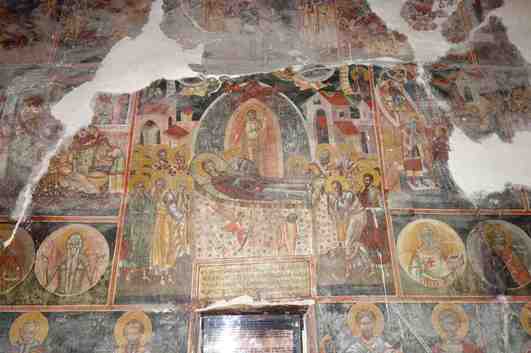
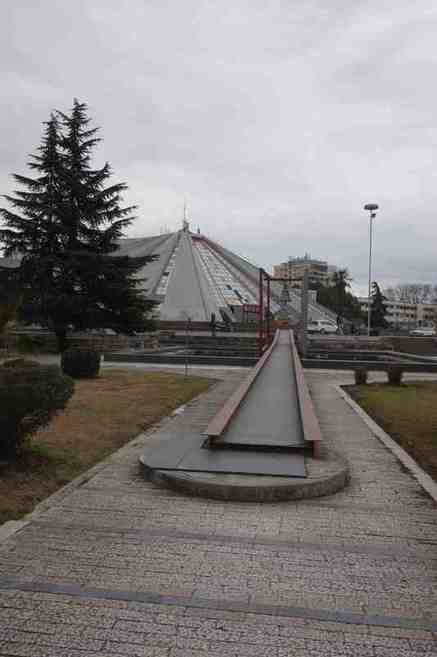
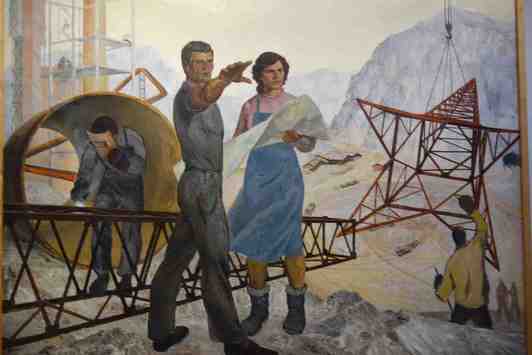
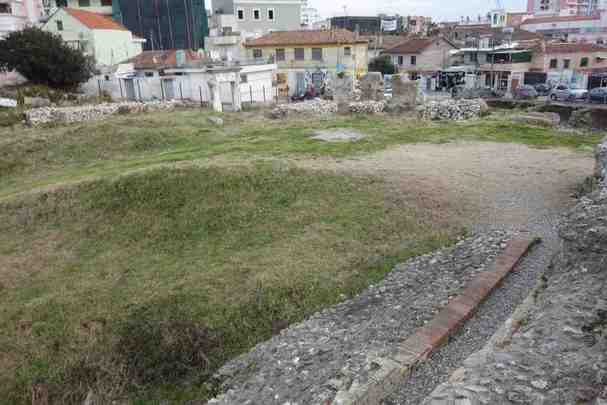
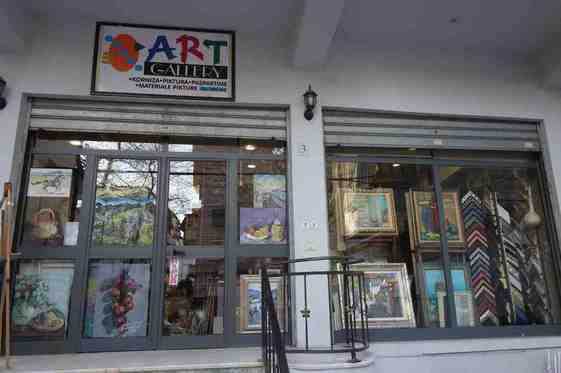
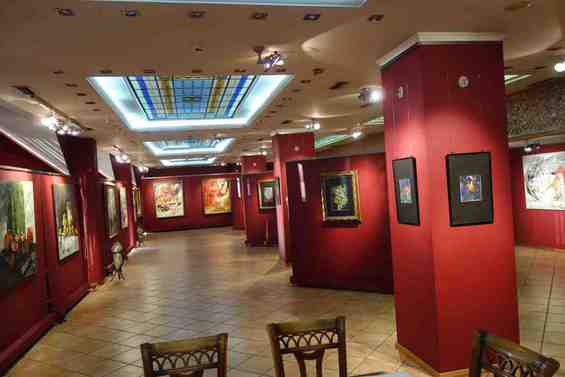
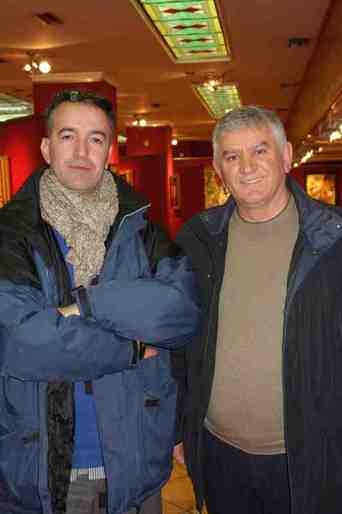

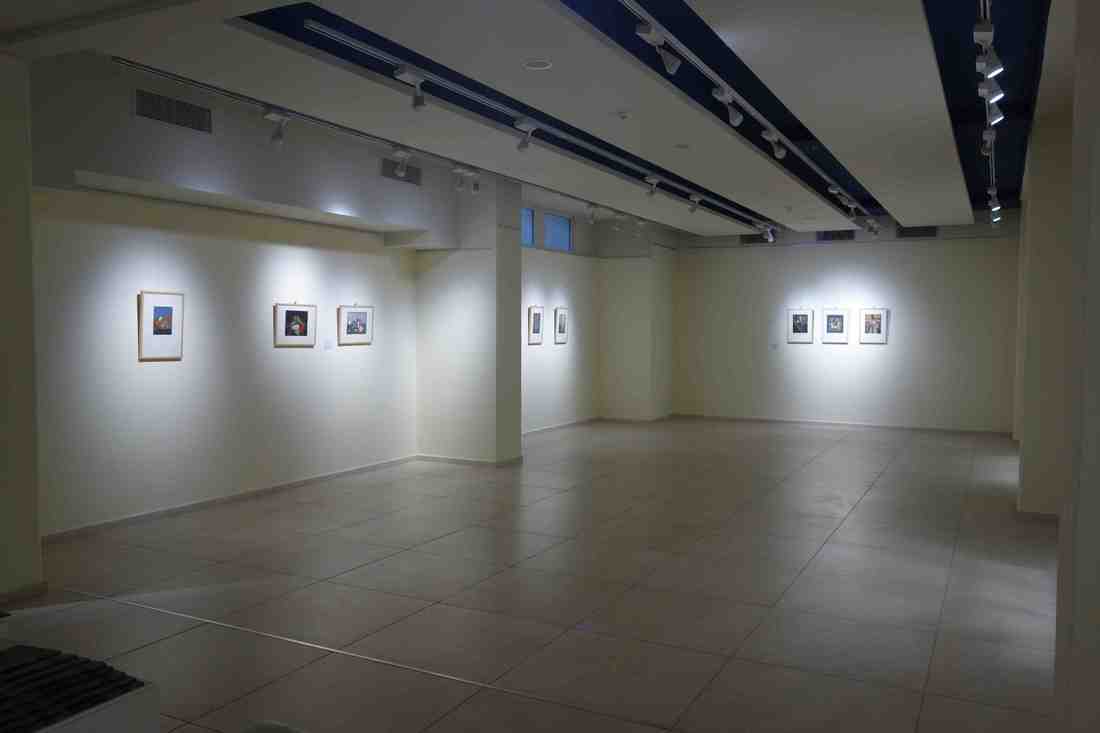
 RSS Feed
RSS Feed